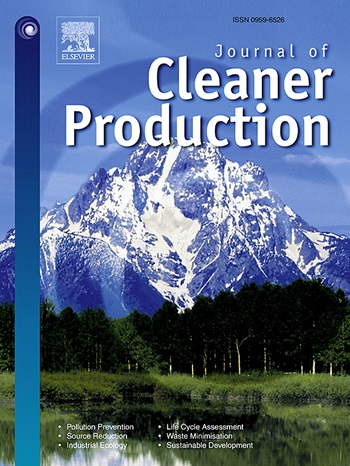Decarbonization pathways for the plastic packaging industry: Revealing the synergistic mechanism of plastic lifecycle management
IF 9.7
1区 环境科学与生态学
Q1 ENGINEERING, ENVIRONMENTAL
引用次数: 0
Abstract
The plastic packaging industry has the largest consumption of plastics. It is crucial to explore the decarbonization pathways of the plastic packaging industry to help fulfill greenhouse gases emission (GHGs) reduction targets. We use material flow analysis and lifecycle assessment method to investigate nine scenarios based on eco-design, circular economy, and technological innovation. We analyze the consumption and GHGs of China’s plastic packaging industry from 2000 to 2020, exploring the potential for GHGs reduction under different scenarios. The results show that China’s plastic packaging consumption will continue to grow from 2020 to 2060, reaching 74.6 million tonnes (Mt). Plastic packaging consumption in the food sector is predicted to surpass that of the non-food sector in 2044. Meanwhile, polyethylene will become the predominant plastic used in the packaging industry. By 2060, the transportation sector will have the largest in-use stock of plastic packaging. The policy combination scenario can achieve GHGs peaking before 2030, while a GHGs gap of 32.9 Mt will persist until 2060. By further improving the recycling rate, reducing the consumption of degradable plastics, and increasing the application of carbon capture, utilization, and storage (CCUS) technology, the plastic packaging industry is expected to achieve the net-zero carbon emission target.塑料包装行业脱碳路径:揭示塑料生命周期管理的协同机制
塑料包装行业是塑料消耗量最大的行业。探索塑料包装行业的脱碳途径对于实现温室气体减排目标至关重要。我们运用物料流分析和生命周期评估方法,考察了基于生态设计、循环经济和技术创新的九种情景。本文对2000 - 2020年中国塑料包装行业的消费和温室气体排放量进行了分析,探讨了不同情景下中国塑料包装行业的温室气体减排潜力。结果显示,从2020年到2060年,中国的塑料包装消费量将继续增长,达到7460万吨(Mt)。预计到2044年,食品行业的塑料包装消费量将超过非食品行业。同时,聚乙烯将成为包装行业使用的主要塑料。到2060年,运输部门将拥有最大的塑料包装库存。政策组合方案可以在2030年之前实现温室气体排放峰值,而3290万吨的温室气体排放缺口将持续到2060年。通过进一步提高回收率,减少可降解塑料的消耗,增加碳捕集、利用和封存(CCUS)技术的应用,塑料包装行业有望实现净零碳排放目标。
本文章由计算机程序翻译,如有差异,请以英文原文为准。
求助全文
约1分钟内获得全文
求助全文
来源期刊

Journal of Cleaner Production
环境科学-工程:环境
CiteScore
20.40
自引率
9.00%
发文量
4720
审稿时长
111 days
期刊介绍:
The Journal of Cleaner Production is an international, transdisciplinary journal that addresses and discusses theoretical and practical Cleaner Production, Environmental, and Sustainability issues. It aims to help societies become more sustainable by focusing on the concept of 'Cleaner Production', which aims at preventing waste production and increasing efficiencies in energy, water, resources, and human capital use. The journal serves as a platform for corporations, governments, education institutions, regions, and societies to engage in discussions and research related to Cleaner Production, environmental, and sustainability practices.
 求助内容:
求助内容: 应助结果提醒方式:
应助结果提醒方式:


